Get the L.A. Times Politics newsletter
Deeply reported insights into legislation, politics and policy from Sacramento, Washington and beyond. In your inbox twice per week.
You may occasionally receive promotional content from the Los Angeles Times.

No American war lasted longer than the U.S. engagement in Afghanistan, which began two decades ago after the Sept. 11 terrorist attacks. The final troops left this week, the closing chapter in a chaotic evacuation from Kabul.
About 2,500 service members died in the war. Although U.S. forces ousted the Taliban when they invaded, the fundamentalist group methodically rebuilt itself in the ensuing years before sweeping back into power during the American withdrawal.
Here are some of the major events from the conflict.
Terrorists from Al Qaeda, which was granted sanctuary in Afghanistan by the Taliban, fly hijacked airliners into the World Trade Center in New York and the Pentagon in Virginia. A fourth plane crashes in Pennsylvania.
President George W. Bush signs a congressional resolution authorizing the use of force against those responsible for the attacks, a document that provides the foundation for years of military and intelligence operations.
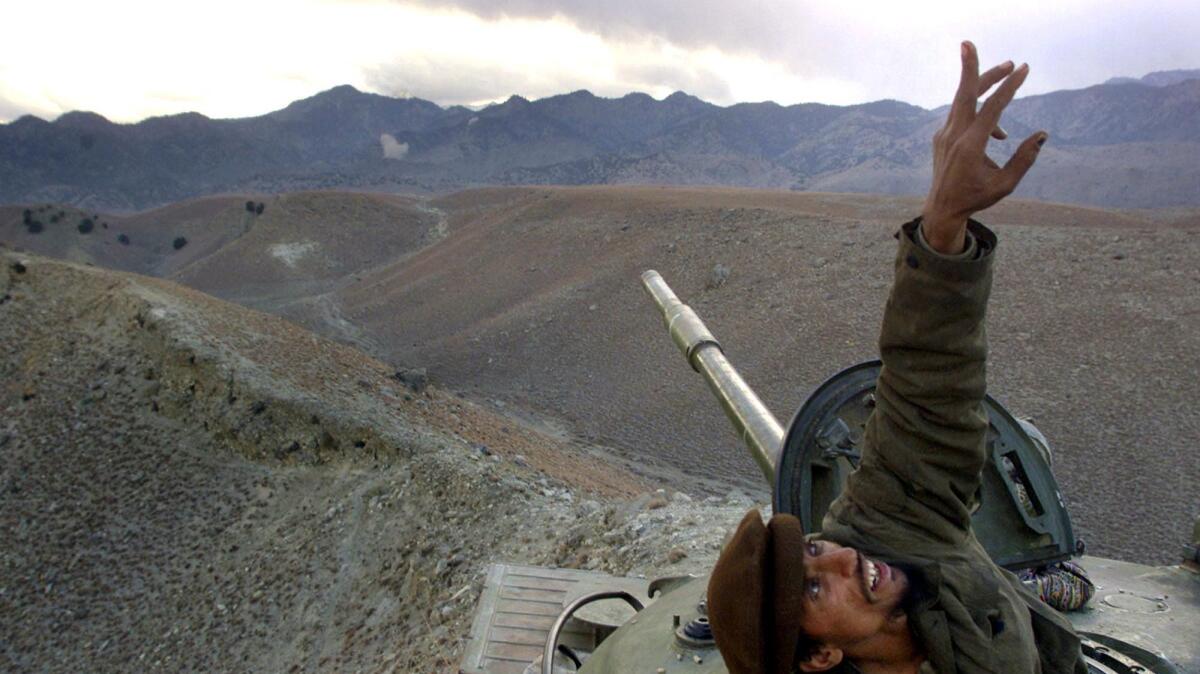
The last U.S. forces flew out of Kabul’s airport in Afghanistan, the Pentagon said Monday, bringing down the curtain on America’s longest war.
U.S. forces begin bombing the Taliban and Al Qaeda in Afghanistan. Special forces and CIA operatives also deploy to support the Northern Alliance, which sweeps toward the capital of Kabul and conquers the city a month later.
Osama bin Laden, the leader of Al Qaeda, is believed to have escaped into Pakistan while U.S. forces and allies attack a cave complex in the Tora Bora mountains.
Bush announces a plan to help rebuild Afghanistan, and Congress approves $38 billion in spending. A transitional government led by Hamid Karzai is created in Kabul.
Pivoting to what the Bush administration alleged was the threat posed by weapons of mass destruction in Iraq, Bush successfully presses Congress to authorize the use of force against the Middle Eastern nation. Ending a somber debate that pushed past midnight, the Senate votes, 77 to 23, for the resolution. The action came hours after the House gave its approval on a 296-133 vote.
With the Taliban in control in Afghanistan’s capital and the Biden administration under fire for a chaotic withdrawal, a look at what went wrong.

After Iraq fails to turn over any weapons of mass destruction, U.S. and British troops sweep into southern Iraq in an invasion aimed at Baghdad.
Secretary of Defense Donald Rumsfeld says “major combat activity” is over. Bush separately declares, while standing in front of a “Mission accomplished” banner, that “major combat operations in Iraq have ended” after the U.S. overthrows Saddam Hussein there, though some U.S. troops will remain there though 2011.
Karzai visits Bush at the White House, and the two leaders sign an agreement strengthening ties. The U.S. pledges to train and equip Afghan security forces and to nurture the country’s economy and government, but a resurgent Taliban presents a growing threat.
Newly elected President Obama announces that he’ll send 17,000 more troops to Afghanistan in hopes of stabilizing the country and beating back the Taliban.
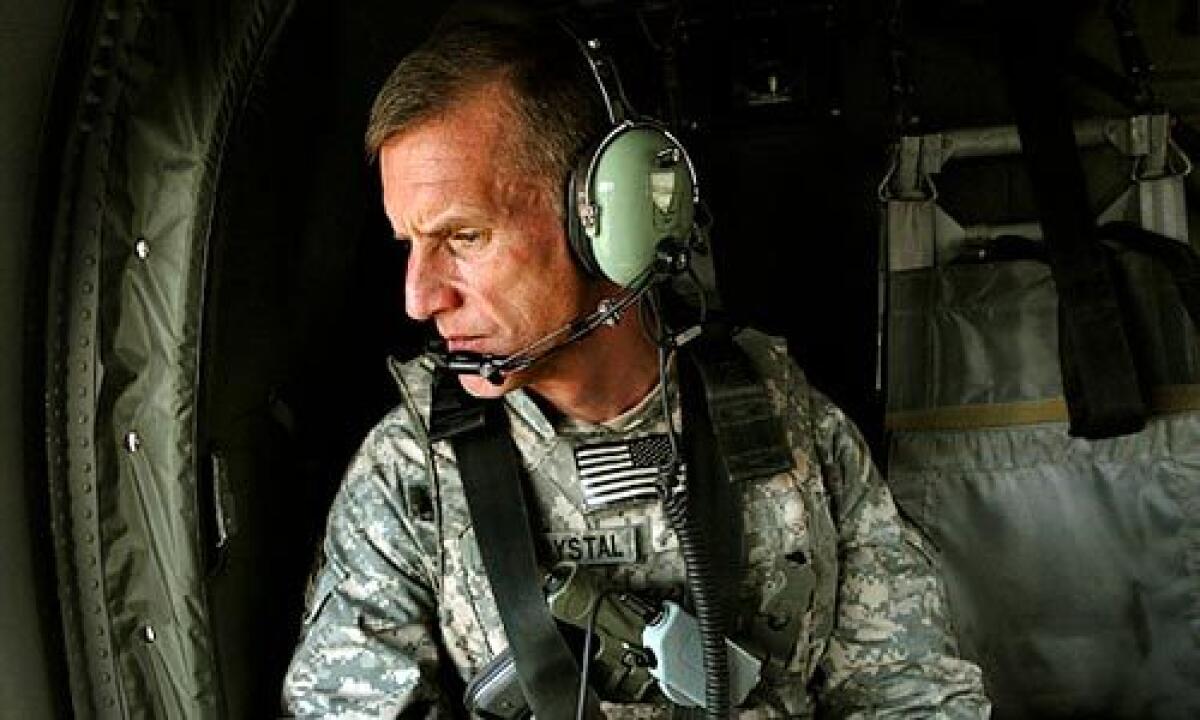
Obama announces plans to deploy another 30,000 troops to Afghanistan, bringing the total to nearly 100,000. He also says he’ll begin to withdraw troops in July 2011. With the surge in forces, the military focuses on Taliban strongholds in the southern part of the country.
Obama says he will begin withdrawing troops, although roughly 70,000 are expected to stay through 2014. Preliminary negotiations with the Taliban also begin.
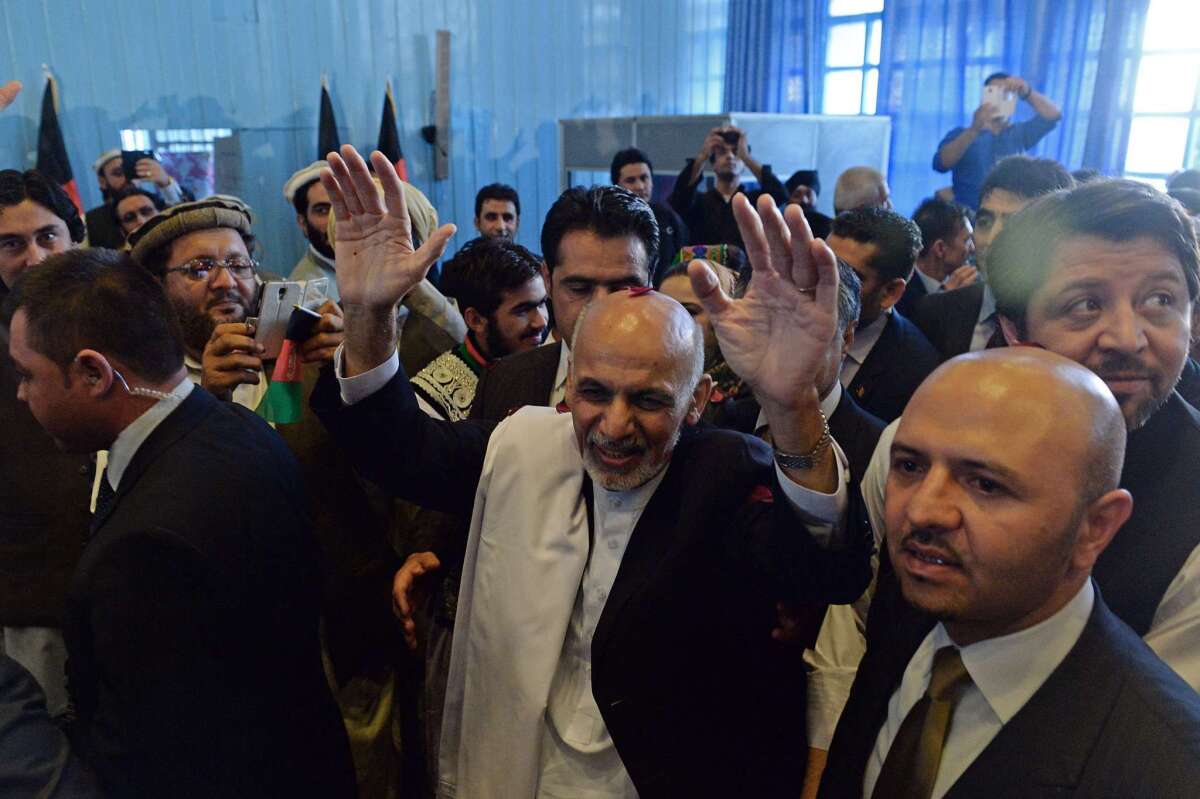
Dec. 17, 2011
The last U.S. troops leave Iraq, nearly nine years after they first poured into the country. The U.S. did not find weapons of mass destruction in Iraq. U.S. troops and contractors will return in coming years to help the Iraqi government combat the rise of Islamic State.
Despite a major drawdown of U.S. troops in Afghanistan, Obama pumps the brakes on plans for a full withdrawal, ensuring that American involvement will continue after his term ends. “The security situation in Afghanistan remains precarious,” he said. “Even as they improve, Afghan security forces are still not as strong as they need to be.”
President Trump, who once called for removing troops from Afghanistan, says the military will continue operations there. He warns that a “hasty withdrawal would create a vacuum that terrorists . . . would instantly fill, just as happened before Sept. 11.” He later sends another 3,000, bringing U.S. forces up to about 14,000.
Taliban and U.S. officials meeting in Qatar agree to begin intensive negotiations to resolve the conflict in Afghanistan. The talks don’t involve the Afghan government, which the Taliban refuses to recognize.
Zalmay Khalilzad, the top U.S. negotiator, announces that “an agreement in principle” has been reached with the Taliban. The Taliban bombs an international compound in Kabul, killing 16 people. Three days later, it claims responsibility for another bomb that kills 10 people, including a U.S. service member. Trump had secretly planned to sit down with Taliban leaders and Afghan President Ashraf Ghani at Camp David, but the meeting was called off.
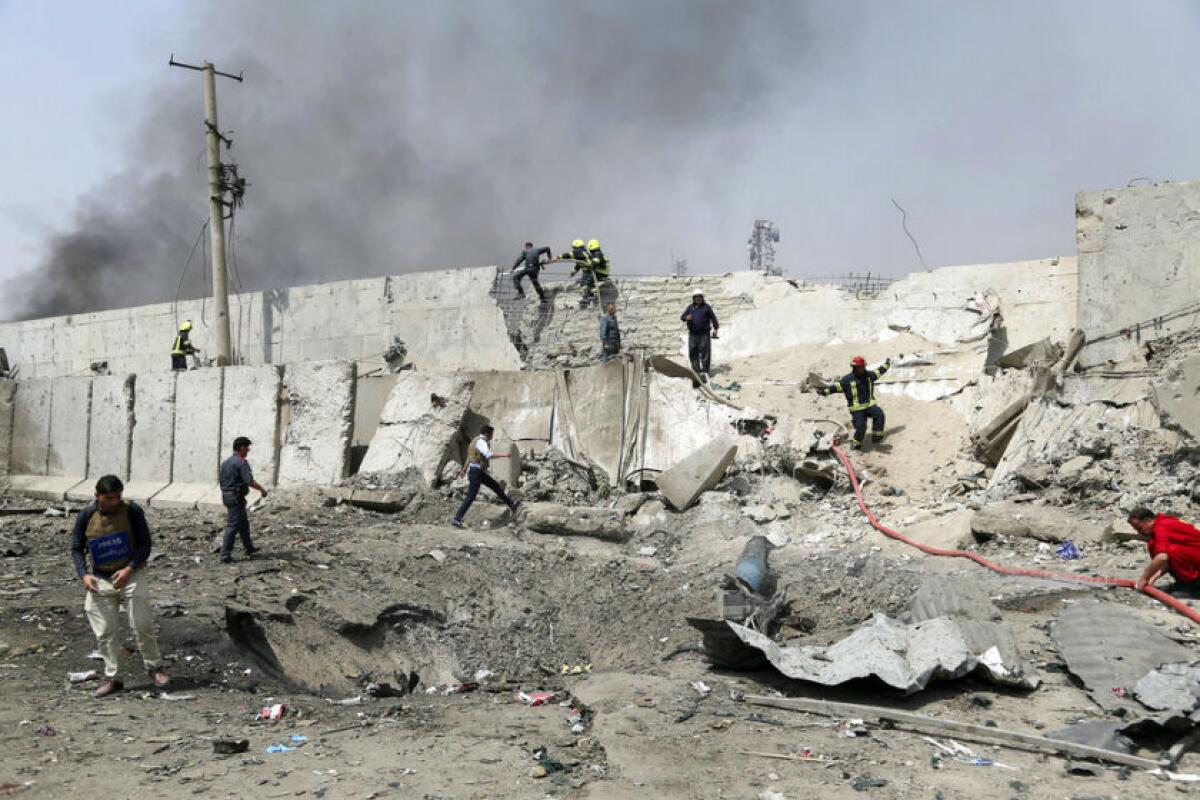
The Trump administration and the Taliban reach an agreement to withdraw U.S. troops from Afghanistan by May 1, 2021. As part of the deal, the Taliban agrees to cut ties with Al Qaeda and refrain from attacking U.S. forces. In return, the U.S. pressures the Afghan government to release 5,000 Taliban prisoners.
Trump loses the election to Democrat Joe Biden, but his administration continues pressing toward withdrawal. The Pentagon announces that it will soon have only 2,500 troops in Afghanistan. However, negotiations between the Afghan government and the Taliban have stalled. Violence continues and many Afghan citizens fear the Taliban’s return would signal a new wave of brutality and repression, particularly against women. In addition, reports indicate that the Taliban never completely severed its relationships with terrorist groups.
President Biden pushes back the deadline for pulling out U.S. troops until Sept. 11, but he says he’s committed to ending the war. “We went to Afghanistan because of a horrific attack that happened 20 years ago,” Biden said. “That cannot explain why we should remain there in 2021.”
U.S. forces abandon Bagram Airfield, its largest military facility in Afghanistan. Two days later, Biden says “speed is safety” when it comes to pulling out troops and the withdrawal will be finished on Aug. 31. The Taliban is gaining ground against the Afghan government, but Biden insists on staying the course. . “How many thousands more American daughters and sons are you willing to risk?” he says. “How long would you have them stay?”
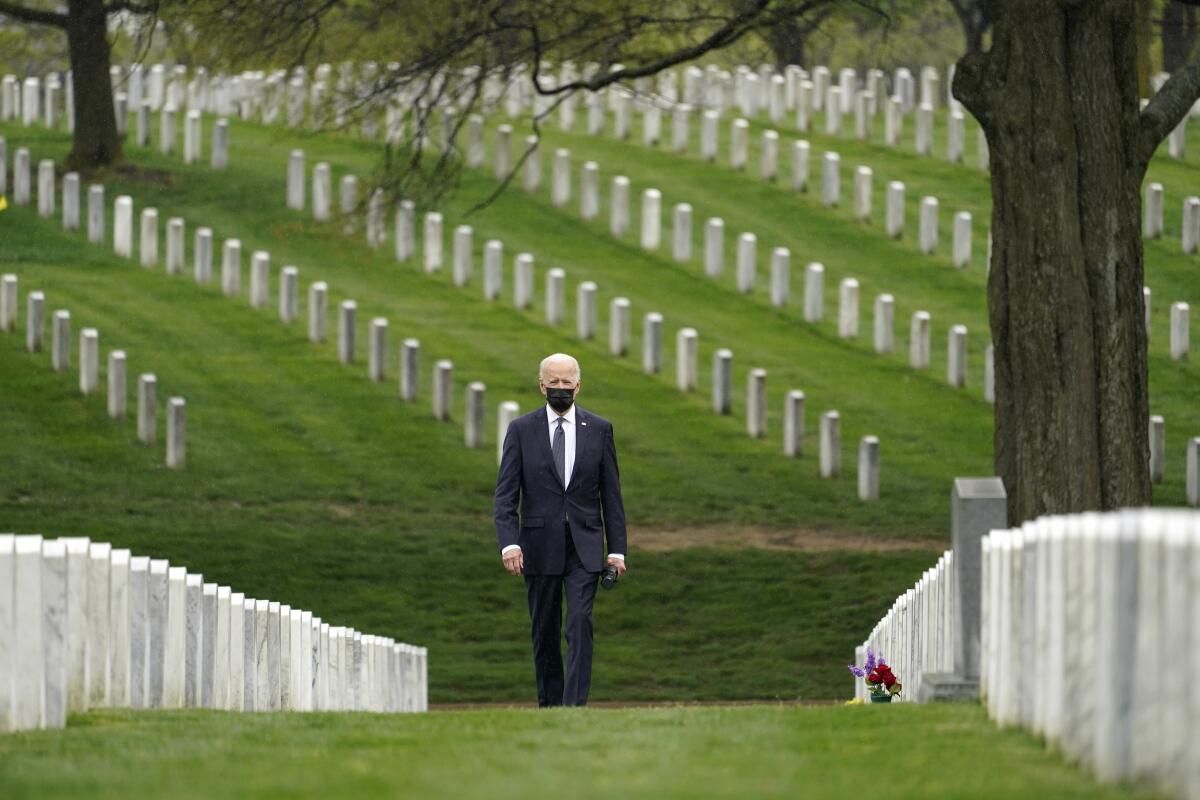
After toppling a series of provincial capitals, the Taliban sweeps into Kabul and takes control of the city. Ghani, the Afghan president, flees the country. The speed of the Taliban’s advance stuns Washington, which had expected the Afghan government to hold out longer. With just two weeks until the deadline for withdrawing, U.S. officials begin organizing a massive evacuation for Americans and Afghan allies.
In Taliban-controlled Afghanistan, women who fear being targeted for their work see dwindling hope of escape.
Islamic State terrorists, who are hostile to both the Taliban and the United States, attack the evacuation operation. Thirteen U.S. service members and nearly 200 Afghans are killed. Biden vows retaliation, and U.S. forces launch drone strikes against the Islamic State affiliate in Kabul. A family says a drone strike killed 10 people, including children, with no Islamic State affiliation; the U.S. is investigating.
The final U.S. troops depart the night before the deadline for the withdrawal. At least 100 American citizens who wanted to leave are left behind, along with thousands of Afghan allies. Administration officials say they’ll continue to use diplomatic channels to provide safe passage. The Taliban celebrates and asks Afghans to “stand united,” but many Afghans wait in fear of what the extremist group’s rule will bring.

Get the L.A. Times Politics newsletter
Deeply reported insights into legislation, politics and policy from Sacramento, Washington and beyond. In your inbox twice per week.
You may occasionally receive promotional content from the Los Angeles Times.